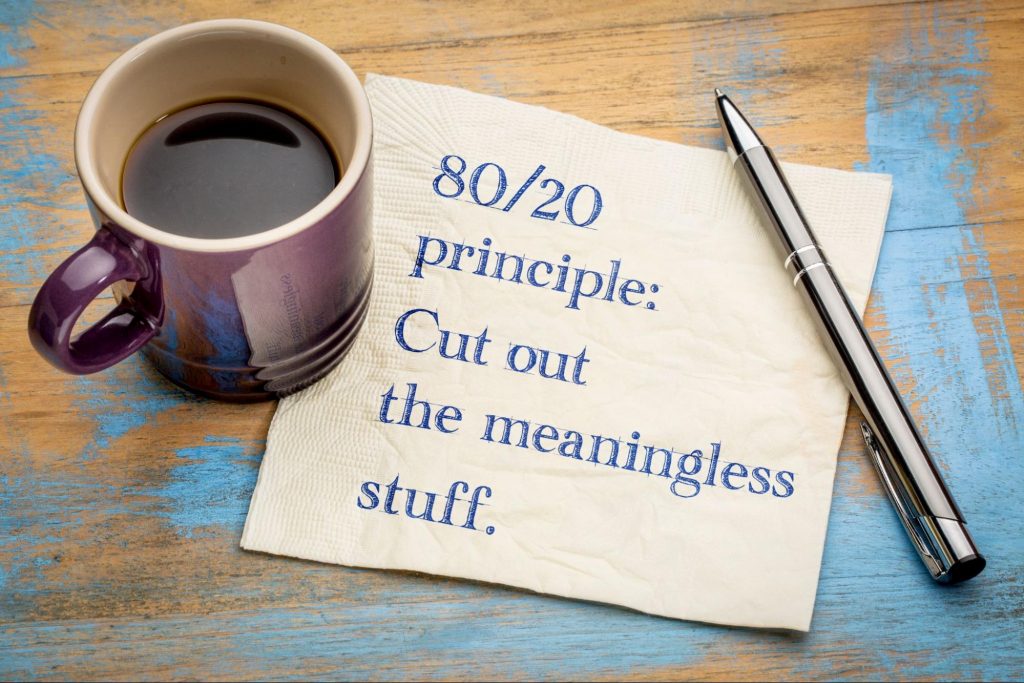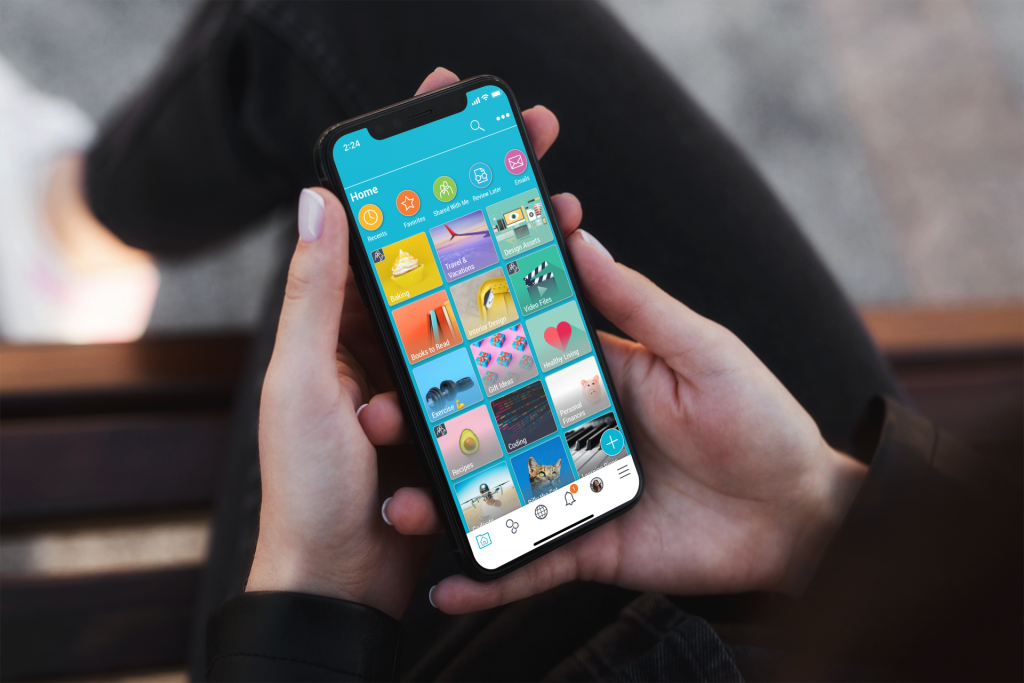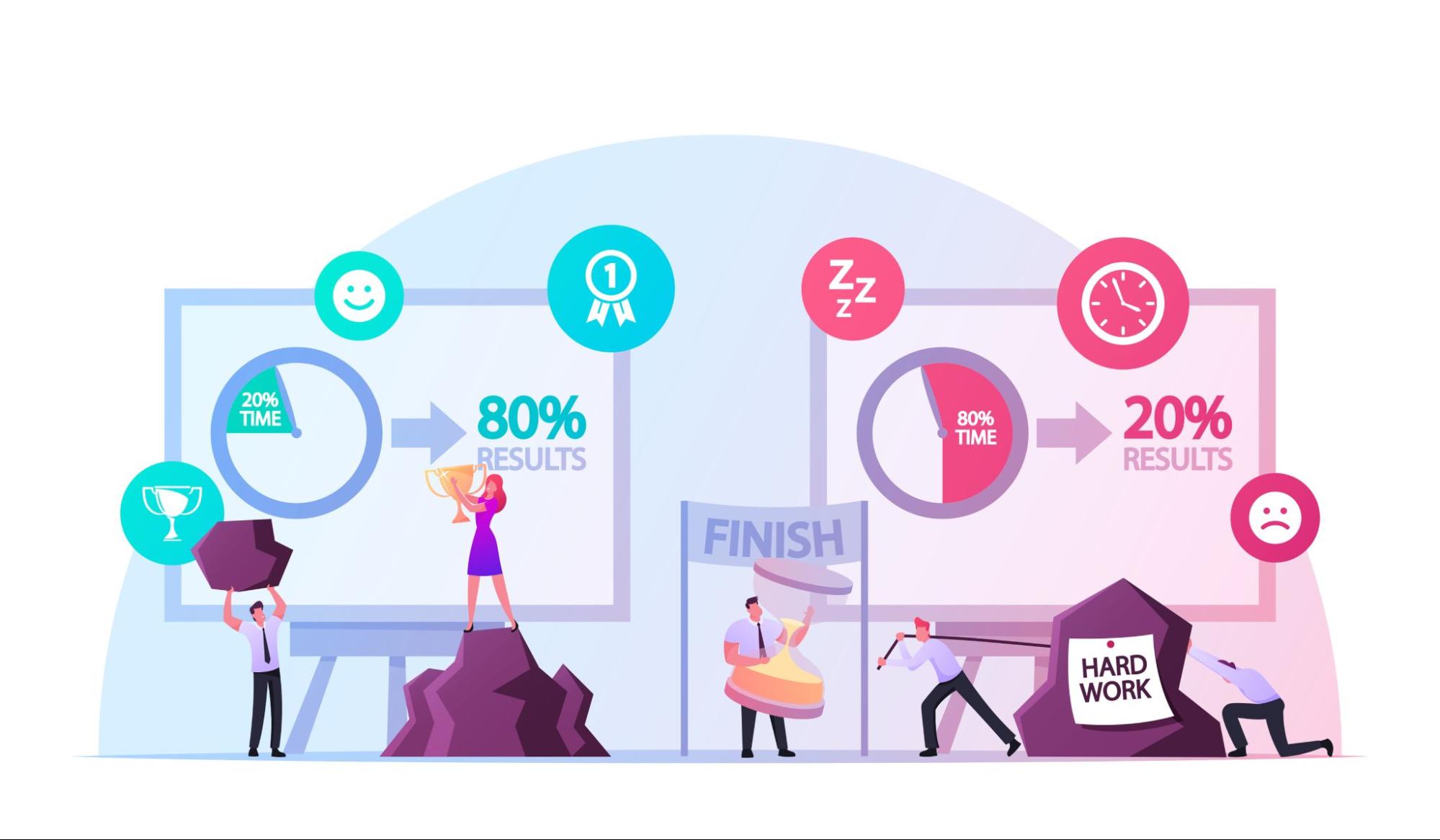You must have heard of the Pareto Principle or the 80-20 rule if you are in business. Named after Vilfredo Pareto, an Italian economist, the principle states that 80% of results come from 20% of activities. In other words, most of your results come from a minority of your efforts.
This may be hard to believe when starting out in a new endeavor, and everything feels equally important. But as you get more experienced, you will find that this is usually true. The key is to focus on the 20% that produces the most results and eliminate or delegate the tasks in the 80% that produce little or no results.
How does the 80/20 Rule Work?
From a business perspective, the Pareto Principle suggests that 80% of your sales come from 20% of your customers or that 80% of the effort you expend will bring about only 20% of the results you desire. For example, if you have ten prospects to call, statistics show that one out of those ten people will most likely buy your product/service when you sell to them (the Pareto Rule). The other nine are not likely buyers.
So for an 8-hour workday, only two hours need to be spent calling 100 potential customers. Long Distance Phone Companies make their living off this principle by targeting heavy users (20%). This makes up approximately 50% of their revenue, while the other 50% comes from light users (80%).
How the 80/20 Rule Affects Goal Setting

When applied to goal setting, the 80/20 rule suggests that 80% of your results come from 20% of your efforts. To achieve your goals, it is important to focus on the 20% of activities that produce the most results.
This may mean setting fewer but more focused and achievable goals. Or it may mean breaking down your larger goals into a series of smaller steps that can be easily measured so you can track your progress. Whatever approach you take, make sure that the bulk of your time and effort is directed towards the activities that will bring you closer to your goals.
How to Apply the 80/20 Rule in Goal Setting
The 80/20 rule is best used in time management when you want to make the most of your limited resources, i.e., your time, energy, and money. Here are some ways you can apply the 80/20 rule to achieve more with less:
Eat the Frog
Eating the frog basically means committing to doing the most challenging and important task of the day first, so you can get it out of the way. This is based on the principle that if you do the worst thing first, the rest of your day will be better by comparison.
Time Block
Time blocking is a technique where you set aside fixed periods of time for specific tasks. This prevents overlap and ensures that you are using your time more efficiently. For example, if you know that you are most productive in the morning, use that time block to work on high-priority tasks.Fortunately, there are very good time blocking pieces of software you can use to achieve this with the least hustle. An example is Bublup. This is a productivity app that allows you to organize, plan and complete your activities within desired timeframes.

Take Breaks
When you feel overwhelmed or stuck, take a break to refresh your mind. This will help you come back to your task with a new perspective and renewed energy.
Track Progress
Keep track of the progress you make towards your goals to stay motivated and on track. Seeing tangible results will spur you on to keep going even when the going gets tough.
Here’s where productivity apps like Bublup fit in beautifully again. Bublup, for example, has a pretty, visual layout of files and folders that makes it easy to navigate and keep on track. It could be just what you need if you struggle to stay on track with your work and other activities. The app also allows you to customize it to fit your own personal needs.
Delegate or Eliminate
Give away or eliminate as many low-priority tasks as you can. Do not hesitate to delegate them to free up your time and mind space for more important matters.
This way, you can focus on the 20% that produces the most results.
A Few Things to Keep in Mind When Using the 80/20 Rule
 While the 80/20 rule has repeatedly been shown to work in a variety of situations, it is as much an art as a science. There are many variables that can affect its outcome, e.g., some tasks may actually take up more time than expected and others less time, so you need to have some leeway.
While the 80/20 rule has repeatedly been shown to work in a variety of situations, it is as much an art as a science. There are many variables that can affect its outcome, e.g., some tasks may actually take up more time than expected and others less time, so you need to have some leeway.
It can also be easy to fall into the trap of focusing on urgent things at the expense of important matters which will pay off in the long run. This is why it’s important to re-evaluate your goals from time to time and make sure they still align with your core values and principles.
As already mentioned, there are no hard and fast rules for applying this principle – you need to use your discretion and adapt it to your circumstances. But as a general rule of thumb, 80% of the results you want should come from 20% of your activities. That said, here are three things to keep in mind:
Not everything is worth measuring
Some things are simply not worth measuring, like the time you spend with family and friends or enjoying life. These are the things that make life worth living and should not be sacrificed in the pursuit of goals that may or may not bring happiness in the end.
The 80/20 rule is not an exact science
As mentioned earlier, the 80/20 rule is more of an art than a science. The actual percentages will vary from situation to situation, so you need to be flexible in applying it.
There is no magic bullet
Using the 80/20 rule alone will not magically transform your life. It is just one tool among many that can help you achieve your goals. You still need to put in the hard work and make a concerted effort to improve your time management skills.
The Bottom Line
The 80-20 rule is a powerful tool for goal setting and achieving greater productivity that can help you become better organized and productive. However, it is not a magic bullet that will work for everyone under all circumstances. As always, you need to apply it with discretion and adapt it to your situation.
Author Bio:
Thomas Jackson is a pro essay writer. Thomas is also an artist and since he was a youngster, he has written several songs. He gets his ideas from live performances he gives in front of close friends and family members.












